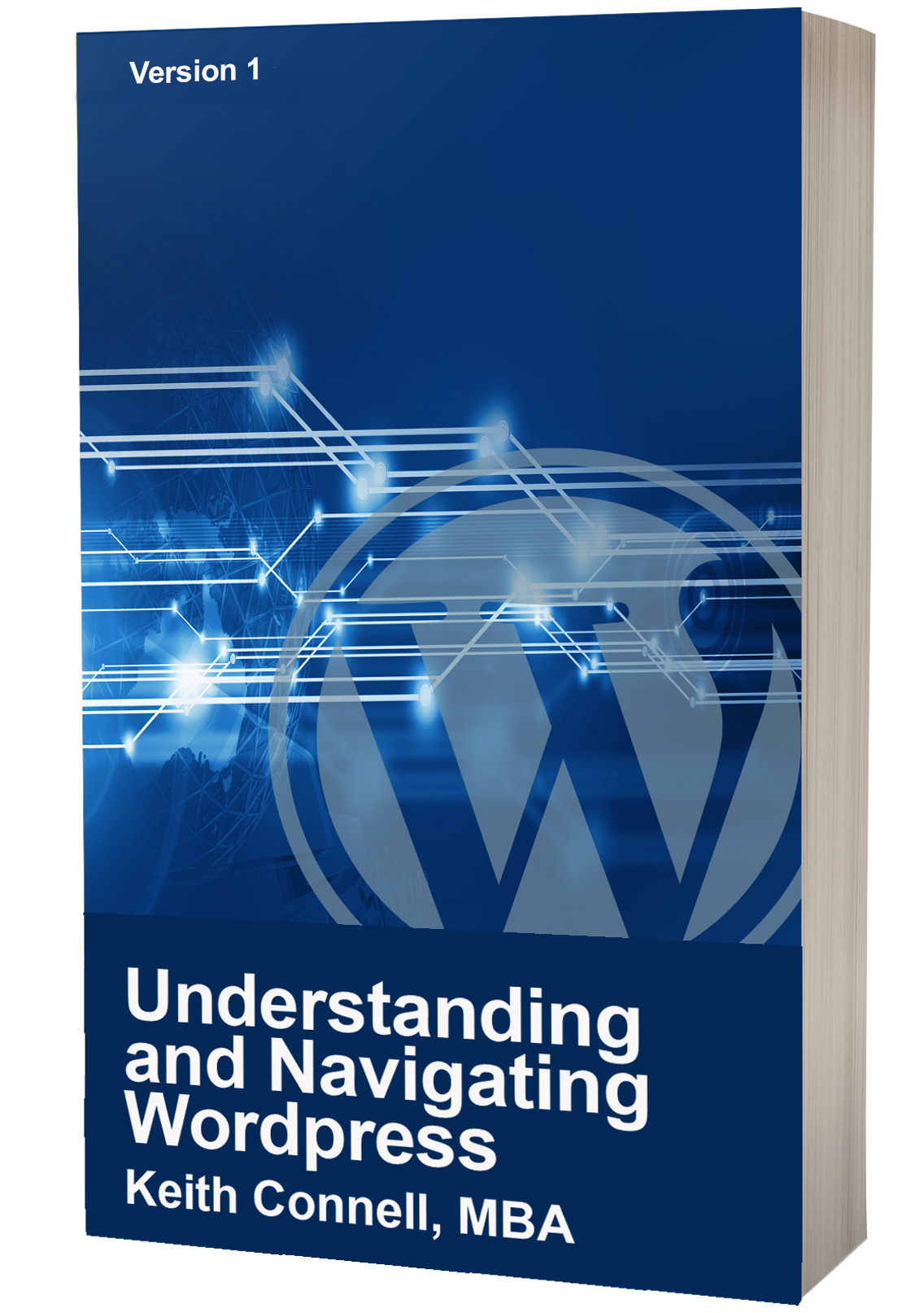
I have always been intrigued by assessments and their impact on student learning. Recently, I had the opportunity to discuss with my colleagues the various types of assessments used in higher education. This conversation left me with mixed feelings about the effectiveness of assessments in achieving their intended goals but also encouraged me to discover that many of my colleagues, like myself, were seeking more authentic assessment methods.
Seeking the perfect assessment strategy
During our discussion, it became evident that various assessments are being used in college-level courses. Each method has merits and limitations, from traditional multiple-choice exams to essays, group projects, and presentations. However, we had an underlying uncertainty about whether these assessments truly measure student understanding and encourage deep learning.
Breaking with tradition
One concern we shared was emphasizing rote memorization and regurgitation of facts in some assessments. We questioned how this promotes true understanding and critical thinking skills. This realization prompted us to seek alternative assessment methods that would engage students meaningfully, allowing them to apply knowledge, think critically, and demonstrate their understanding in authentic contexts. As the discussion unfolded, I found solace in many of my colleagues actively exploring and integrating more authentic assessments into their courses. We shared ideas and experiences using project-based assessments, case studies, portfolios, and simulations. These methods allowed students to connect theory to real-world scenarios, fostering deeper engagement and honing vital skills necessary for their future careers.
The irony is lost on evaluating the evaluation
This reinforced the notion that there is room for improvement and exploration regarding assessments. It reminded me of the importance of continually reevaluating my assessment strategies and striving to incorporate more authentic assessment methods that measure student comprehension and skills. By doing so, we can better align assessments with our educational goals and ensure that our students are well-prepared for the challenges that lie ahead.
Share This Story, Choose Your Platform!
To download a copy of this article, click here.

